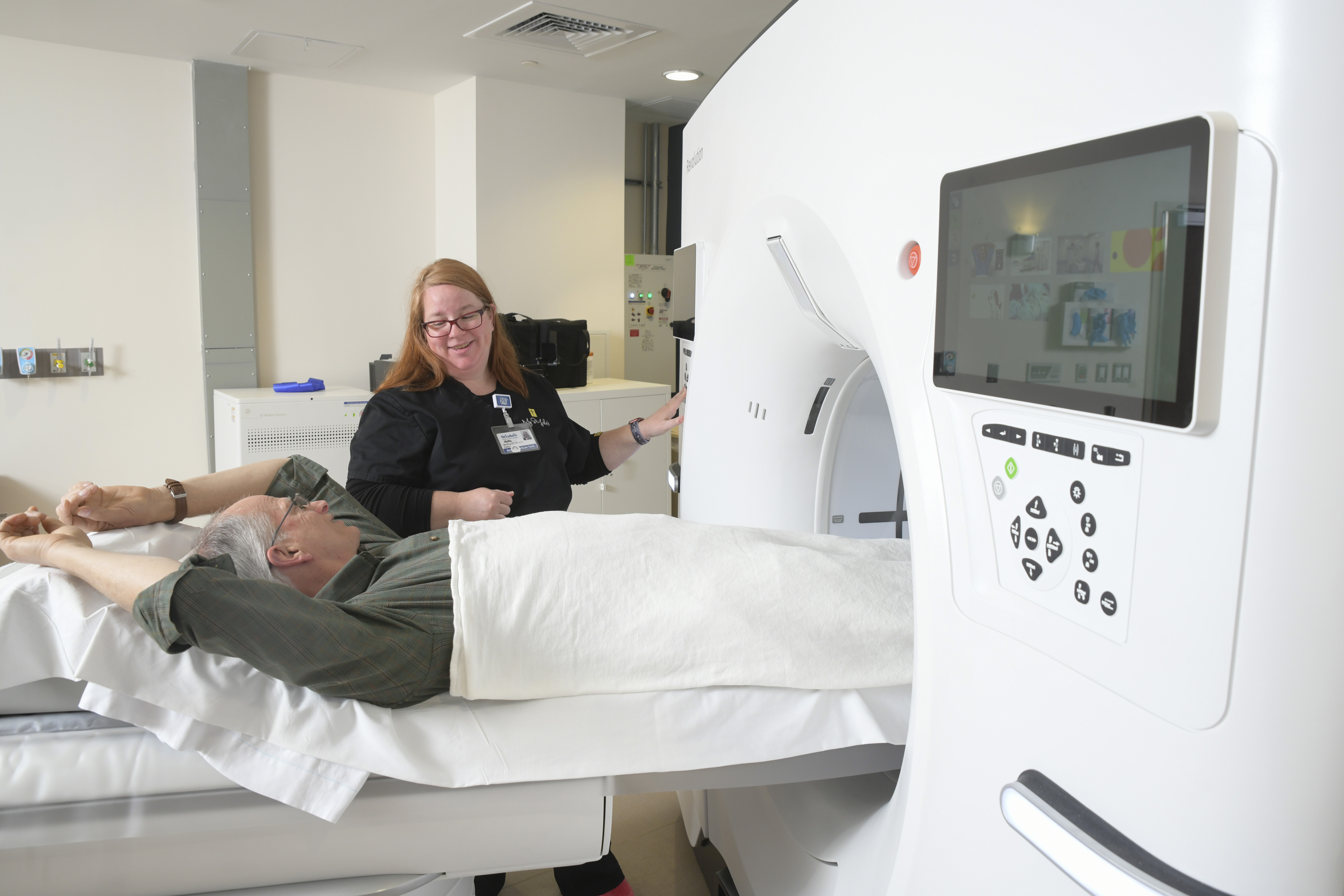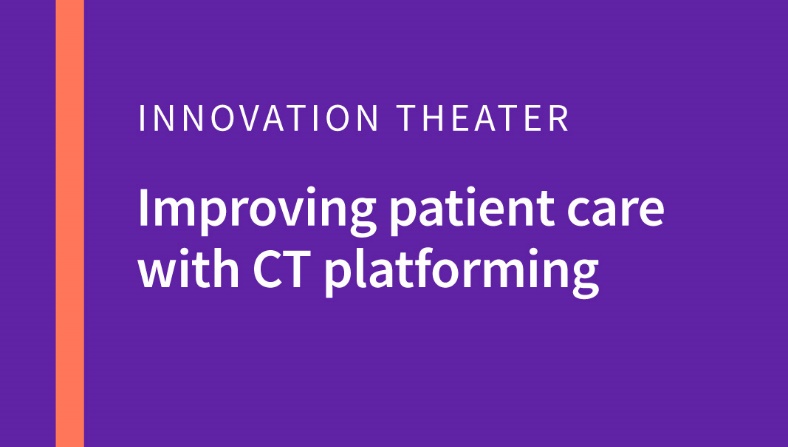In recent years, healthcare has witnessed a profound transformation characterized by a surge in hospital mergers and acquisitions.[1] While these developments have ushered in opportunities for expanded care delivery and enhanced resources, they have also led to a notable challenge within radiology departments and their operations: the proliferation of disparate imaging systems across facilities. This fragmentation extends beyond variations in equipment age; it encompasses a spectrum of vendors, each with its unique set of protocols and operational intricacies.
Addressing inconsistencies in imaging
Navigating this heterogeneous environment poses a challenge to maintaining consistency in imaging services, which is a cornerstone of high-quality patient care. Radiology departments' operations can struggle with harmonizing diverse protocols and workflows, often compounded by staff and technologists' limited familiarity with the array of imaging systems they need to operate. This can create workflow inefficiencies and imaging inconsistencies, potentially impacting patient outcomes.
In a recent presentation, Dr. David Furman, Medical Director of Computed Tomography (CT), St. Luke’s University Health Network and Chief of Radiology, St. Luke’s Upper Bucks Campus, and Mark Kiser, CT Clinical Specialist at St. Luke’s University Health Network discussed their implementation of GE HealthCare’s advanced CT technology across their health network to enhance imaging services in CT with uniformity, efficiency, and scalability.
“It’s very difficult to leverage the economy of scale that comes with having a large health network,” explained Dr. Furman.
St. Luke's University Health Network (SLUHN) is a pivotal player in the healthcare ecosystem of the Lehigh Valley. A non-profit, fully integrated, nationally recognized network, St. Luke’s provides services at 15 campuses and more than 300 sites in Lehigh, Northampton, Carbon, Schuylkill, Bucks, Montgomery, Berks, Monroe and Luzerne counties in Pennsylvania and Warren and Hunterdon counties in New Jersey. St. Luke's caters to a diverse patient demographic, ranging from urban dwellers to residents of more remote, rural communities.
Improving multi-site operational consistency in CT with fleet standardization
As part of St. Luke’s strategic initiative, it will standardize its CT fleet with 24 new scanners, which will be installed over a four-year period. GE HealthCare's cutting-edge CT, Revolution™ Apex Platform was selected for this standardization initiative because of its scalability and flexibility. With its ability to scale detector coverage from 4,8 or 16 centimeters of coverage through upgrades, the CT platform delivers all the technology St. Luke’s may need today and can grow when needs change. The design has a common look and feel across its fleet and enables workflow optimization with effortless workflow and protocol standardization built in.
“It was important for us to achieve forward and backward uniformity so we can upgrade using the same platform with GE HealthCare, and that was really what we were hoping to get,” said Dr. Furman. “We achieve this with homogeneity and are able to have whatever we need at our outlying campuses that might be rural that we have at our main campus in Bethlehem.”
With more than 130 radiology technologists working in the St. Luke’s network, it was imperative that workflow efficiencies be achieved as well. St. Luke’s standardized CT fleet from GE HealthCare includes AI-based features that help facilitate technologists’ protocol selection and patient positioning, as well as automate image post-processing tools.
“From a technologist’s standpoint,” explained Kiser, “we’ve already seen workflow improvements. With the system’s effortless workflow, there’s a camera and monitor on the scanner. The technologists can select items off the work list, choose their patient protocol right on the scanner, and start the scan as they’re walking back to the control room. The protocols are patient-driven. That means that we write profiles to go with an exam that is modulated, and the system will pick a profile depending on the patient’s body, so it takes that work away from the tech.”
Dr. Furman agreed, adding that “Having a consistent user interface and workflow on all our scanners saves us time because we have 135 technologists with varying levels of experience who can’t know all of the different protocols for every different kind of exam that we do. And having a patient-driven workflow helps them to do the scan without needing any help.”
Improving CT image quality across sites
Improving image quality was a critical component of the CT standardization plan across St. Luke’s health system. The GE HealthCare CT systems that were selected for the project are all equipped with dual-energy or spectral CT. In dual-energy CT, two different energies are used to acquire two image datasets of the same anatomic region. The difference in attenuation between images obtained with a high and low-energy spectrum allows better characterization of tissues.[2]
“From the technologist perspective,” added Kiser, “the dual-energy workflow is so much simpler than it used to be. They are just running another protocol, really, which wasn’t the case before. That’s a big advantage. And it also cuts down a lot of post-processing for the radiologists.”
“Dual-energy offers a lot of fascinating capabilities to do kinds of procedures that we hadn’t done before,” said Dr. Furman, “but what it is for us is something that improves confidence for diagnosis. If we can improve our lesion detection without slowing us down, then we’ve got an improvement in CT quality. And that is something that shouldn’t be available at just one site or another that you use when you have a specific patient, but you should be using it on everybody.”
The St. Luke’s team reports wide utility in dual-energy CT studies across clinical applications from situations like abdominal pain in outpatient imaging, to the emergency room and in oncology imaging.
Future-proofing CT services with scalable CT platforms
The radiology department at St. Luke’s was not only challenged with complex imaging protocols across sites and variability in technologist experience but continues to face pressure to maintain state-of-the-art imaging technology to serve their patient communities. In the current environment, where the pace of innovation is only getting faster, the challenge of technology obsolescence also grows.
The GE HealthCare Revolution™ Apex Platform CT scanners that St. Luke’s selected for its health network are scalable over time to meet the needs of the radiology department today and well into the future. This flexibility enables St. Luke’s to deliver on its commitment to enhance CT services with imaging consistency across its many sites.
“We’ve purchased mostly eight-centimeter detector systems that are completely upgradeable to 16, which is great,” said Dr. Furman. “We wanted something that would take us into the future but also suits our needs today. For instance, it’s just so easy to do a cardiac study. In two months, we did one hundred Cardiac Computed Tomography Angiography (CTA) with no flaws at all. With the workflow we have, even our newest technologists can easily do one. At that location, we’re doing cardiac and transcatheter valve repair and CTA. We are very likely going to need to do these at some of the outlying campuses. The CT platform gives us a lot of flexibility. There are also a lot of opportunities to bring the same kind of tertiary care imaging that we have at all our hospitals throughout the network. So that’s important.”
Kiser agreed, “Having the same CT platform across the whole network is just extremely valuable.”
Advancing patient care through scalable CT solutions
As the landscape of healthcare continues to evolve, ensuring consistency in imaging services emerges as a critical priority for radiology operations. In the quest to deliver high-quality patient care, the standardization of imaging protocols and workflows is paramount, especially in multi-site healthcare networks. St. Luke’s University Health Network exemplifies how embracing advanced CT platforming technology can revolutionize patient care delivery with the implementation of GE HealthCare’s scalable Apex CT platform and their journey towards imaging standardization, efficiency, and future-proofing. The transition promises not only workflow optimization and image quality enhancement but also flexibility to adapt to evolving clinical needs seamlessly.
RELATED CONTENT
Watch on-demand: Improving patient care with CT platforming
Learn more about GE HealthCare’s CT solutions, here.
DISCLAIMER
Not all products or features discussed are available in all geographies. Check with your local GE HealthCare representative for availability in your country or region.
REFERENCES
[1] https://www.medicaleconomics.com/view/mergers-and-acquisitions-in-health-care-surge-in-2023
[2] Sanghavi PS, Jankharia BG. Applications of dual energy CT in clinical practice: A pictorial essay. Indian J Radiol Imaging. 2019 Jul-Sep;29(3):289-298. doi: 10.4103/ijri.IJRI_241_19. Epub 2019 Oct 30. PMID: 31741598; PMCID: PMC6857256.


